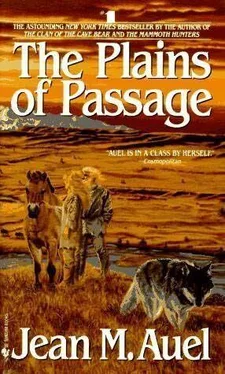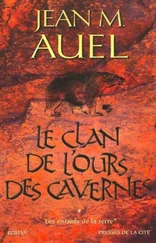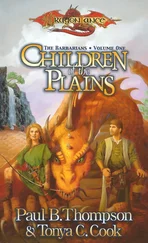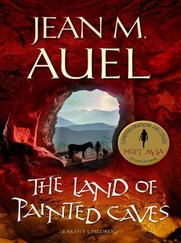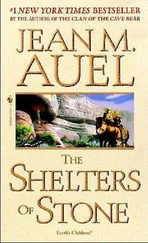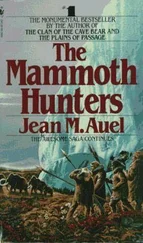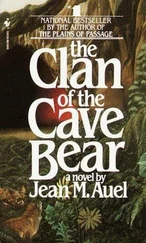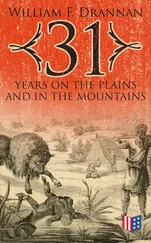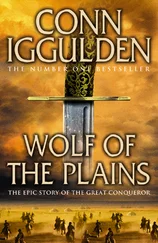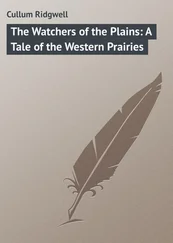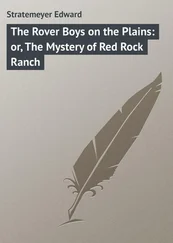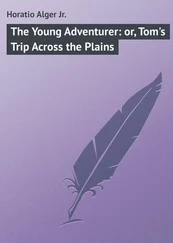I want to thank Dr. Milford Wolpoff, University of Michigan, for his insights during our discussion about population distributions on the northern continents during the last Ice Age, when our modern human forebears clustered in concentrations in certain favorable areas and left most of the land, though rich in animal life, without people.
Finding the pieces of the puzzle that were necessary to create this fictional world of the prehistoric past was a challenge; putting them together was another. After studying the material available about glaciers and the environment that surrounded them, I still could not get a completely clear picture of all the northern lands, so that I could move my characters through their world. There were questions, theories at odds with each other – some of which did not seem very well thought out – pieces that did not fit.
Finally, with great relief and growing enthusiasm, I found the one clearly explained and thoughtfully constructed study that brought the Ice Age world into sharp focus. It answered the questions that had risen in my mind, and enabled me to fit in the rest of the pieces from other sources and my own speculations so that I could make a logical setting. I will be eternally grateful to R. Dale Guthrie for his article "Mammals of the Mammoth Steppe as Paleoenvironmental Indicators," pages 307-326, from Paleoecology of Beringia (Ed. by David M. Hopkins, John V. Matthews, Jr., Charles E. Schweger, and Steven B. Young, Academic Press, 1982). More than any other single work, that paper helped this book come together as a cohesive, comprehensive, and comprehensible whole.
Since woolly mammoths symbolize the Ice Age, considerable effort was devoted to bringing those prehistoric pachyderms to life. My research included searching out everything I could find on mammoths and, since they were so closely related, modern elephants. Among these sources, Elephant Memories: Thirteen Years in the Life of an Elephant Family by Dr. Cynthia Moss (William Morrow amp; Co., Inc., 1988), stands out as a definitive work. I am indebted to Dr. Moss for her many years of study and her intelligent and highly readable book.
In addition to research, a writer is concerned about the way her words come together and the quality of the finished work. I am forever grateful to Laurie Stark, Executive Managing Editor of the Crown Publishing Group, who makes sure the finished manuscript becomes the printed pages of a well-made book. She has been responsible for all four books, and, in a changing world, I appreciate the continuity and consistently high quality she has given them.
I am also thankful for Betty A. Prashker, Editor-in-Chief, Vice President, and more important, outstanding editor, who marshals – or mothers – the manuscript I turn in to its finished form.
My thanks go in full measure to Jean V. Naggar; in the Literary Olympics, a world-class, first-place, gold-medal-winning agent!
And finally to Ray Auel, love and appreciation beyond words.
